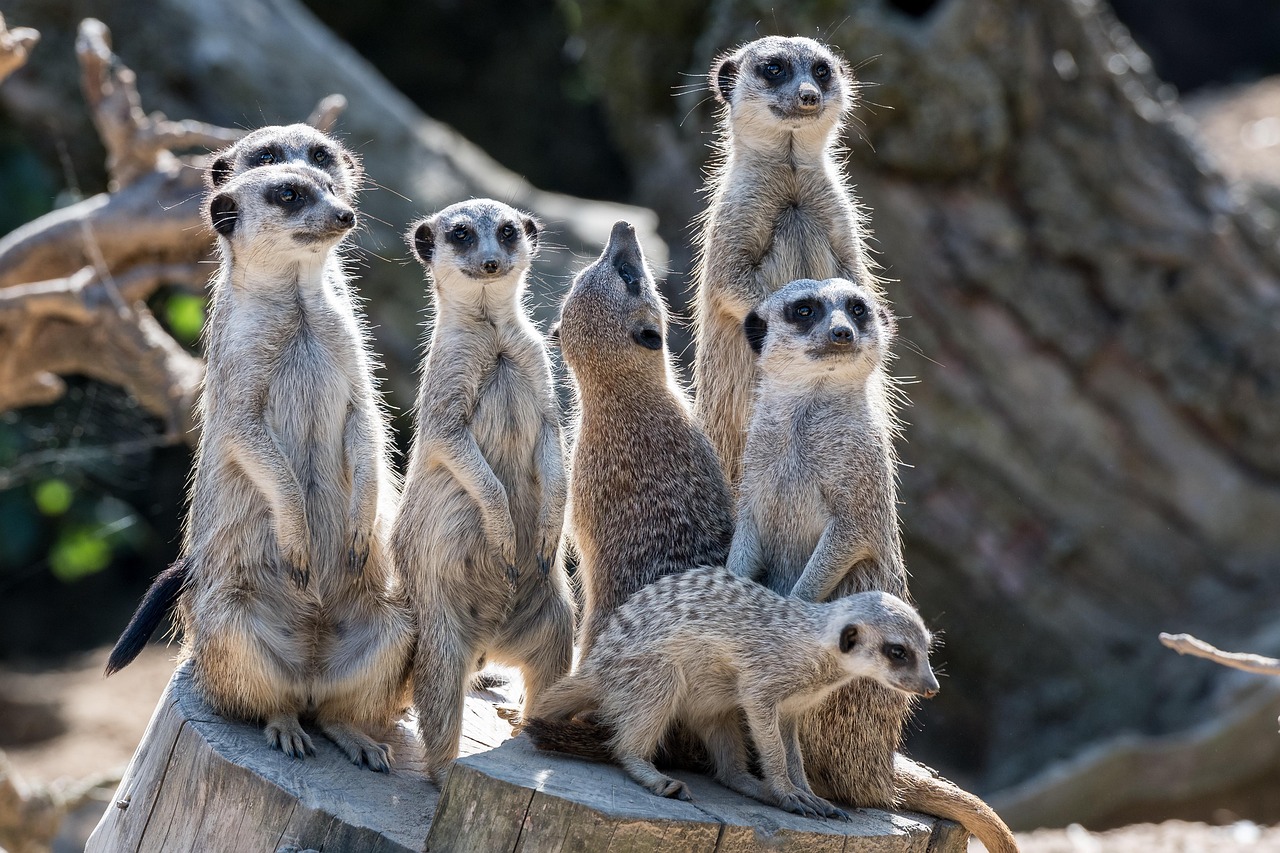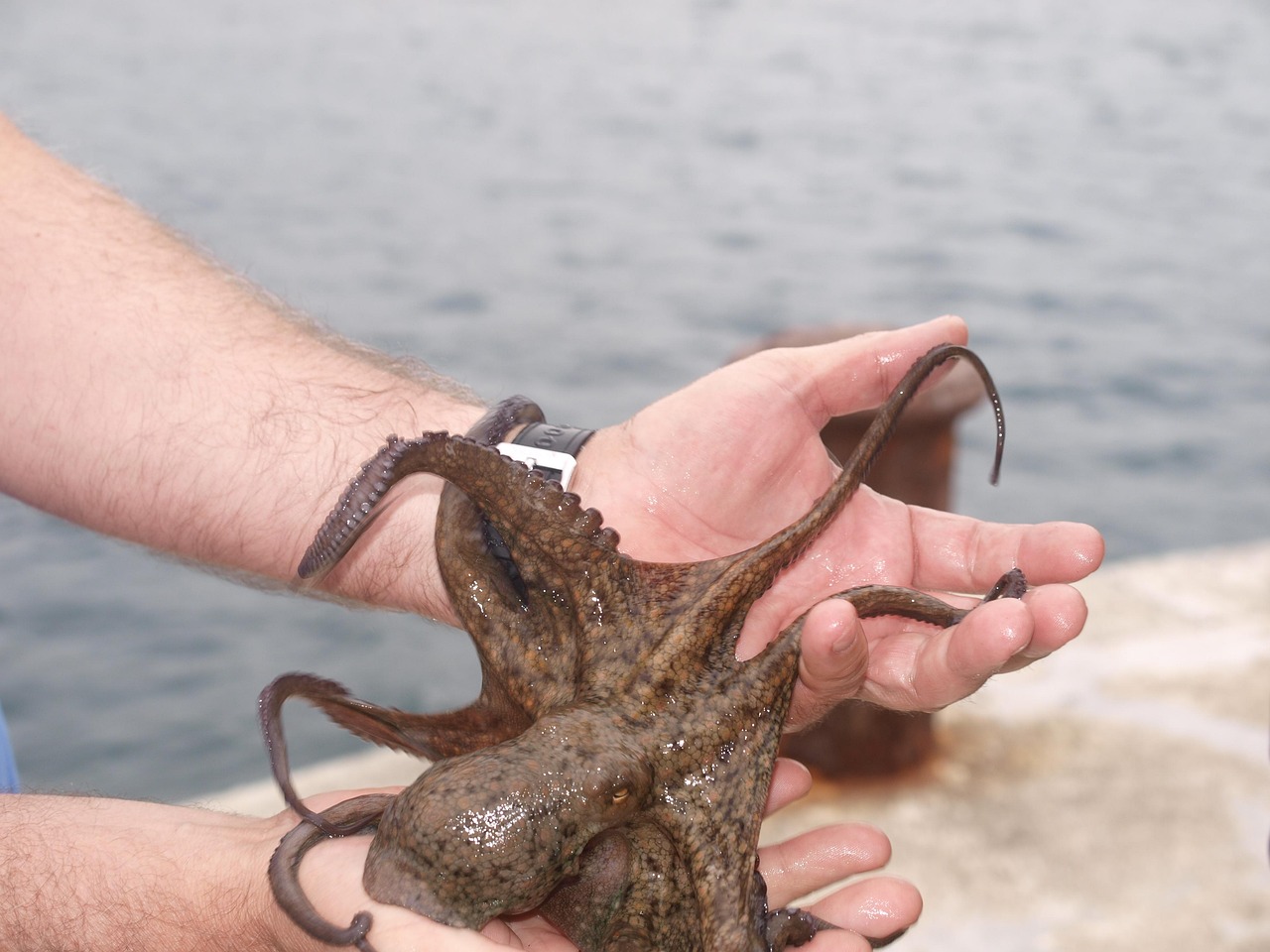Understanding the Social Dynamics of Meerkats: A Fascinating Dive into their World
Introduction: Meerkats, renowned for their captivating social behavior and intricate burrow systems, have long fascinated wildlife enthusiasts and researchers alike. This article delves into the complex social dynamics of these fascinating creatures, exploring their behavioral patterns, roles within the group, and adaptive survival strategies.

In-Depth Look at Meerkat’s Social Structure
Meerkats, found primarily in the Kalahari Desert in Southern Africa, are known for their advanced social structures. These small mammals live in clans, also known as mobs or gangs, which can consist of as many as 50 individuals. Each clan operates under a strict hierarchy, with an alpha pair at the helm.
The Role of the Alpha Pair in Meerkat Society
The alpha pair, typically the oldest and most experienced members of the clan, hold the primary breeding rights. They command the group’s major decisions, including when to forage, relocate, or defend against predators. Interestingly, beta females within the clan often assist the alpha female in rearing her pups, highlighting the cooperative nature of meerkat societies.
Cooperative Behavior: A Key to Survival
The cooperative behavior of meerkats extends beyond pup-rearing. They take turns keeping watch for predators while others forage, a duty shared by all regardless of rank. This communal lifestyle allows meerkats to survive in harsh desert environments, where food is scarce and predators are abundant.
Communication and Conflict Resolution among Meerkats
Communication plays a vital role in meerkat societies, with a range of vocalizations used to signal danger, find lost group members, or resolve disputes. Interestingly, meerkats often resolve conflicts through ritualized displays rather than physical confrontations, reducing the risk of injury within the group.
Recent Discoveries and Future Research
Recent studies suggest that meerkats, despite their hierarchical society, show remarkable flexibility in their social behavior. For instance, lower-ranking females have been observed successfully breeding and raising pups, challenging traditional views of rigid breeding rights within meerkat clans. This opens up exciting new avenues for future research into the complex social dynamics of these intriguing creatures.
In conclusion, the social dynamics of meerkats offer a fascinating glimpse into the intricate world of these small desert dwellers. From their strict hierarchy to their cooperative lifestyle and sophisticated communication system, every aspect of meerkat society is a testament to their adaptability and resilience. This deeper understanding not only enriches our appreciation for these captivating creatures but also underscores the importance of their conservation for future generations to study and admire.




